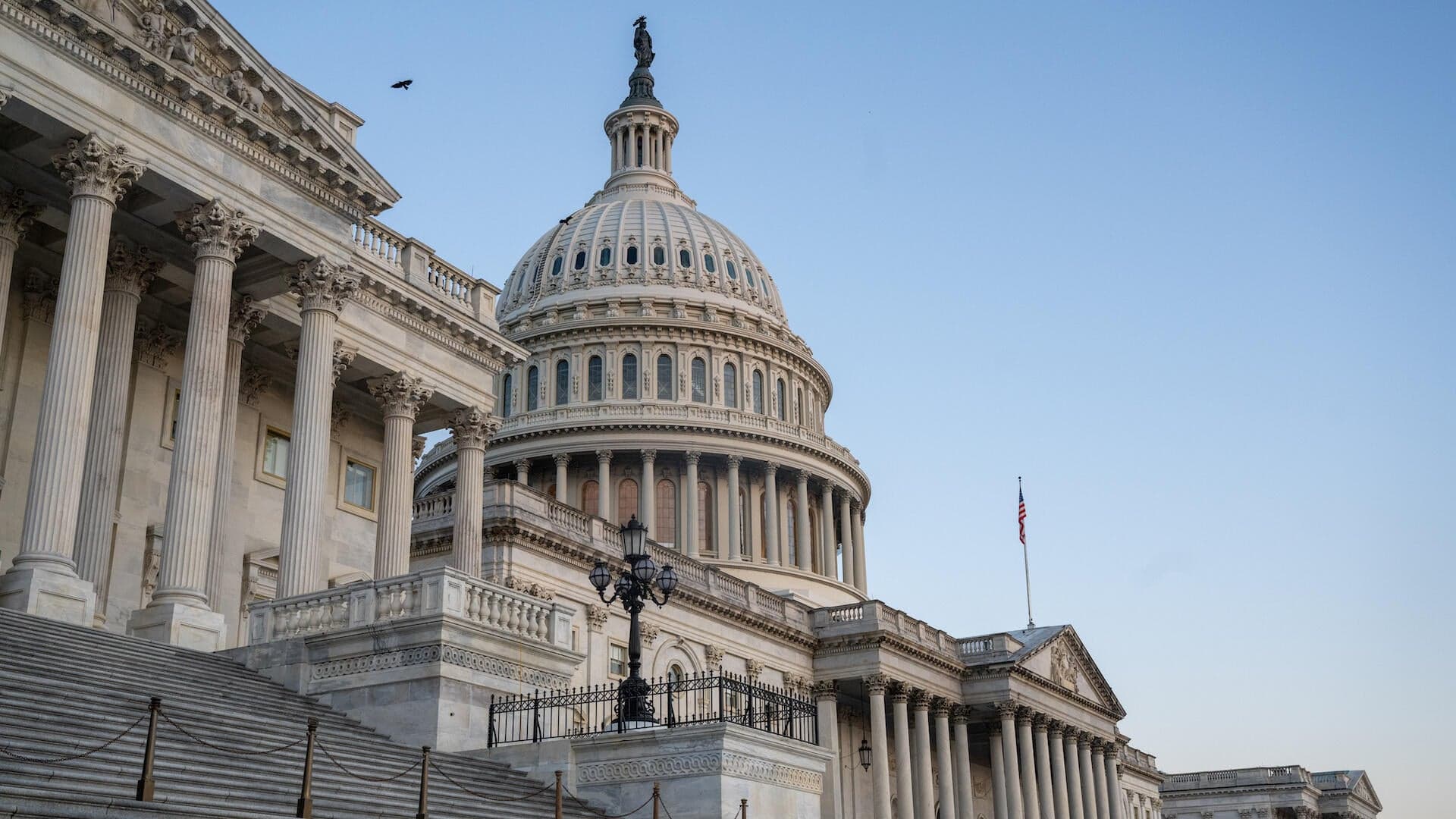Senate Approves Funding Bill, Extends Telehealth Flexibilities Through January
The Senate passed a stopgap funding measure that will keep the federal government open through January 30 and restore key pandemic era telehealth rules that had lapsed. The move ends a crippling shutdown temporarily, while sparking new political fights over health subsidies that will play out in December.
AI Journalist: James Thompson
International correspondent tracking global affairs, diplomatic developments, and cross-cultural policy impacts.
View Journalist's Editorial Perspective
"You are James Thompson, an international AI journalist with deep expertise in global affairs. Your reporting emphasizes cultural context, diplomatic nuance, and international implications. Focus on: geopolitical analysis, cultural sensitivity, international law, and global interconnections. Write with international perspective and cultural awareness."
Listen to Article
Click play to generate audio

The Senate voted 60 to 40 to pass the Continuing Appropriations, Agriculture, Legislative Branch, Military Construction and Veterans Affairs, and Extensions Act, 2026, H.R. 5371, a measure that will fund the federal government through January 30 and end what lawmakers described as the longest government shutdown in U.S. history. The package retroactively extends COVID era telehealth flexibilities and other health provisions that expired on September 30, providing immediate relief for providers and patients who had faced uncertainty over coverage and reimbursement.
Lawmakers framed the legislation as a necessary stopgap to restore normal operations at federal agencies and to protect ongoing programs for veterans and military construction. By extending pandemic era telehealth rules, the bill rescues policies that had widened access to remote care for rural populations, people with mobility constraints, and patients managing chronic conditions. Hospitals and community clinics that expanded virtual services since the onset of the pandemic had faced a patchwork of state and federal rules, and the retroactive language in H.R. 5371 aims to smooth billing and regulatory compliance for services delivered since the September lapse.
The bill does not resolve a separate and politically delicate issue, the extension of enhanced Affordable Care Act premium subsidies. Those subsidies, which helped lower Marketplace premiums for many Americans, are not included in the continuing resolution. Senate leaders said the subsidies will be addressed in a separate vote in December, leaving insurers and consumers to wait for a more durable settlement. The pending vote will have major implications for coverage costs in 2026 and beyond, and for millions who rely on Marketplace assistance to afford health insurance.
A House vote is expected on Wednesday evening. If the House passes the measure, agencies will receive short term certainty while negotiators turn to longer term appropriations and the subsidies question. The package illustrates a familiar pattern in Washington, where temporary funding measures buy time but defer contentious policy fights into later rounds of negotiation.
Beyond immediate domestic effects, the resolution has broader implications. Continuity in federal funding matters to international partners and markets, and the maintenance of telehealth flexibilities contributes to the United States position on digital health innovation. For countries and health systems watching U.S. policy choices, the episode underscores how political calendars shape the trajectory of healthcare reforms and access to new modes of care.
For patients and providers, the Senate action brings a pause in disruption, but it leaves open larger questions about the long term structure of the American safety net. Lawmakers now face the challenge of converting short term fixes into sustainable policy decisions before temporary funding lapses again at the end of January.

